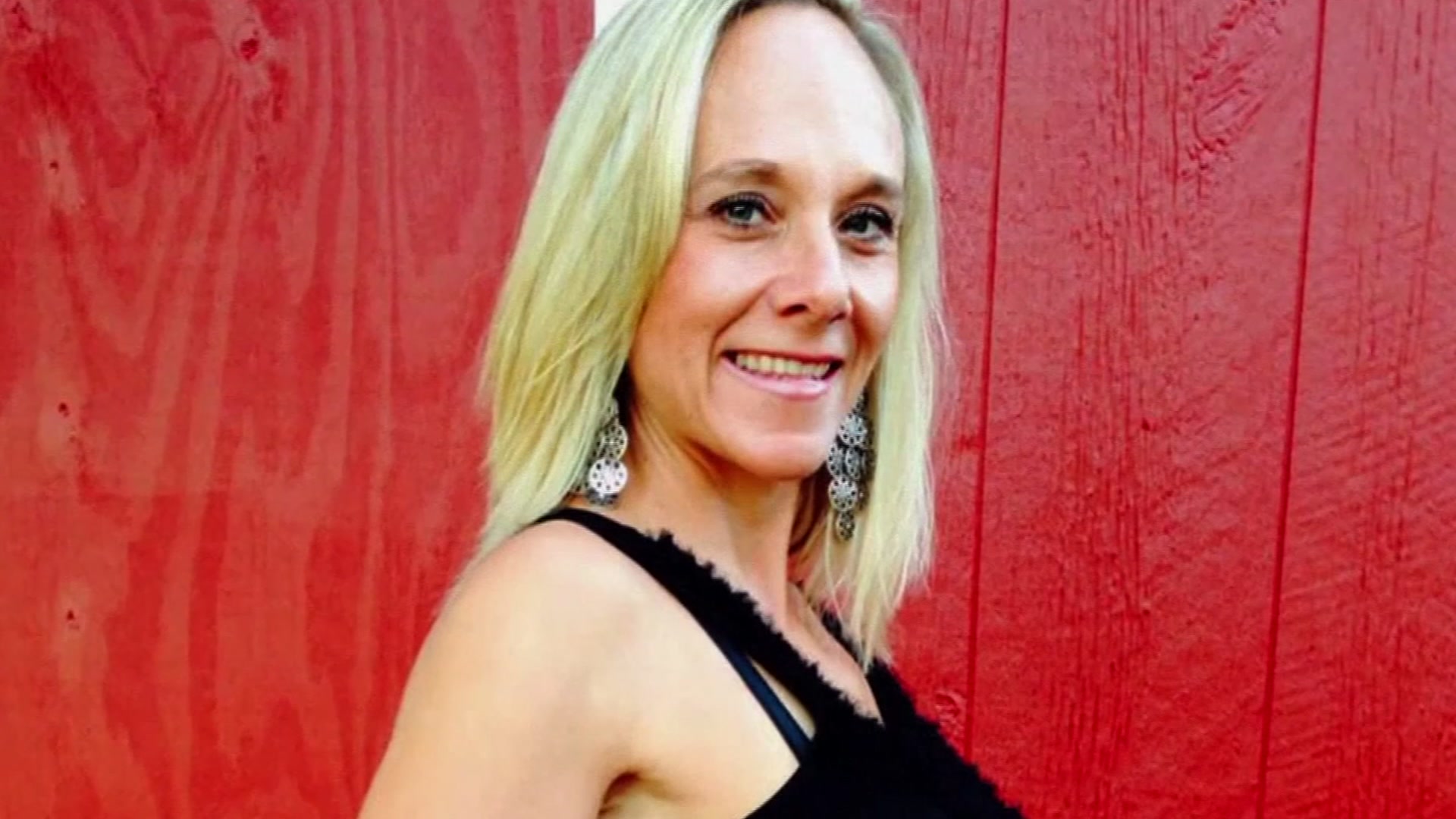David Dunagan and his wife, Lori, moved to the East Texas ranching community of Whitton two years ago to escape the bright lights of Dallas, finding peace on a back patio overlooking the emptiness of rolling grasslands dotted by grazing cattle and deer.
The Houston Chronicle reports what they didn't count on was one of the fastest growing industries in the state choosing a location that would blot the pastoral landscape and upset their vision of a bucolic lifestyle.
That industry is solar energy and the Dunagans are at the forefront of a campaign to stop the development of a 1,100-acre solar farm with as many as 450,000 solar panels -- a campaign that has bitterly divided this unincorporated community in Van Zandt County between landowners who will benefit from leasing their property and those who see a threat to a fragile ranching ecosystem that depends on water, grass and space. The debate here has also raised questions about the environmental impact of what is widely considered an environmentally friendly technology and the appropriateness of industrial installations in rural and natural locations.
The debate is likely to spread to other communities across the state. Solar is the fastest growing source of electricity in Texas, with its share of power generation expected to double to 2 percent this year and more than double again to 5 percent in 2021, according to the Texas Solar Power Association, a trade group. Solar projects are under development in about 80, or nearly one-third, of the state's 254 counties.
The Dunagans, whose 2.5 acre property would be surrounded by sun-catching panels, have discovered that the solar development would be like any other power generation installation. Fencing with razor wire would keep out intruders. Rollers would click throughout the day as panels on tracking devices rotate to face the sun. Hazardous chemicals contained in the panels pose threats of contamination.
"It will look like a solid sea of panels," said David Dunagan.
Other property owners, however, welcome the project, which David Dunagan said is offering as much as $450 per acre per year to lease the land for as many as 40 years, compared to $15 an acre landowners would get for cattle grazing. The solar farm is also expected to generate $22 million in new tax revenue for the Canton Independent School District, adding an extra 2.75 percent a year to the district's $20 million budget. It will also be a welcome addition to Van Zandt County whose average adjusted gross income in 2016 was $49,000, compared to $67,000 statewide. The solar farm is expected to contribute $9 million to county coffers over its life of 35 to 40 years.
Local
The latest news from around North Texas.
Van Zandt County Judge Don Kirkpatrick is walking a thin line, aware of hard feelings from both sides.
"I wouldn't want it beside me," he said in his office at the county courthouse in Canton. "But I wouldn't want government telling me what to do with my property."
Solar and wind power are classified as clean energy, but clean, as Van Zandt County shows, can be a matter of opinion. Wind and solar projects have spurred fierce debate in communities around the country.
In Massachusetts, homeowners with ocean views -- including the late Sen. Edward M. Kennedy -- helped scuttle an offshore wind farm off the coast of Cape Cod. In Culpeper, Virginia, residents sued the Florida power company NextEra Energy last year to block a solar farm they say would destroy beautiful views and make it difficult to rent properties for events such as weddings. In California, environmental groups concerned about endangered wildlife sued to stop construction on what would have been one of the world's biggest solar projects and agreed to settle when the developers reduced the project to one-third its original size.
Texas, however, has a long history of welcoming energy projects. Private landowners have for more than a century leased mineral rights and allowed oil and gas drilling on their properties, typically without much fuss.
The opposition to the solar farm has come as a big surprise to Anne Lantrip, who, along with her husband, bought 143 acres in Van Zandt County about 12 years ago. They were thinking of building an RV park or developing a storage facility, so when they got the chance to lease 127 acres for the solar farm, they jumped at the opportunity.
Never, said Lantrip, did they think they'd face a backlash that has included hurtful comments on Facebook. "We thought we would be doing something good," said Lantrip
The solar farm will have a generating capacity of 127-megawatts, enough to power about 25,000 Texas homes on a hot summer day. The project was first launched by German-owned Alpin Group and bought by Pattern Development of Houston in December. Opposition began building after word got out in the community that Alpin was leasing land, beginning during the summer of 2017.
Public meetings soon drew 200 or more residents with many opposed to the project. Signs and banners blaring, "Say No!!! Solar Power Plant" popped up all over Canton, the Van Zandt County seat, and in surrounding communities. Opponents have raised concerns about safety, over the possibility brush fires common in East Texas could start under the panels or tornadoes could rip the panels from their posts.
Cattle rancher Kim Yates sells grass fed beef raised on about 1,000 acres with no drugs, hormones or pesticides. She shows off a certificate from the Texas Department of Agriculture that attests that her operation is drug, hormone and pesticide free. She likes the idea of solar power.
But Yates is worried herbicides used to control weeds under solar panels could seep into the sandy loam soil and ground water and migrate to her ranch just a mile downstream. She also worries about toxic chemicals commonly used in solar panels, such as lead and cadmium, could be released in panels are damaged.
Yates said she sees little upside for the community in an industrial-scale project that seems at odds with its ranching character. Pattern, she said, stands to gain an investment tax credit worth about $42 million on the $150 million solar project, which she expects would sell the power to some corporation aiming to burnish its image as environmentally friendly.
"We are falling victim to a green marketing scheme," said Yates.
Pattern officials said they have been stunned by the opposition they've encountered in Van Zandt County. Pattern is building two more solar projects nearby, including a 100-megawatt farm in Fannin County and an 80-megawatt farm in Hopkins County. Both East Texas communities have welcomed the projects, said Deann Lanz, director of land and business development.
Now, Pattern is doing what it can to allay concerns, offering to put up hedges to block unsightly views, promising to judiciously use herbicides only when absolutely necessary and vowing to have a disaster readiness plan to tackle fires and other emergencies. The solar panes in aluminum frames will not leach into the water or soil because the solar cells are protected by multiple layers laminated and attached to frames made of aluminum alloy, according to Pattern.
Lanz said she believes that most people in the county believe they should be able to do what they want with their own property. Opponents, she said, represent "a small but very, very vocal minority."
Cattle rancher Archie Neal grew up two miles from where he lives, atop a hill that looks out over grazing land. He has worked the land all his life, selling the calves born each year at market. He won't say how much property he owns, but he leased 148 acres to Pattern Energy for a confidential fee.
The steady income over the next 40 years will smooth out the financial ups and downs of raising cattle and provide security for his family, Neal said. For him, he added, there's no cost to raising solar panels, a crop that Neal calls low-impact.
"We don't have to feed them and we don't have to water them," he said. "And you don't have to worry about too much rain."
Neal has watched the Dallas metropolitan area stretch eastward toward Van Zandt County, with newcomers buying a few acres and assuming their views would stay the same even though they don't own the adjacent land. If you want that kind of control, Neal said, "you don't buy two acres. You buy 100 acres and then you build your home in the middle of it."
Neal said he didn't take Pattern's offer to upset his neighbors. Nor did he have any idea the solar farm would divide the community. Yet, he and his neighbors who agreed to lease their land to Pattern have been unfairly depicted as the bad guys.
The opposition group, Save Van Zandt County, is calculating its next move. Maybe they'll file a lawsuit. They're talking to state lawmakers about legislation to streamline recovery of damages. They're working with communities fighting other Pattern projects, such as a wind farm in California.
"We're hoping they back off," said Sandra Plaster, whose ranch land will abut the solar installation, "and say it's not worth it."



